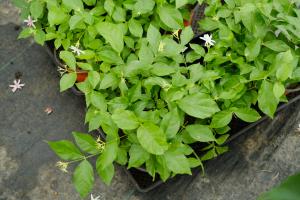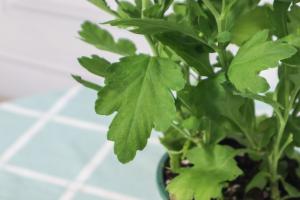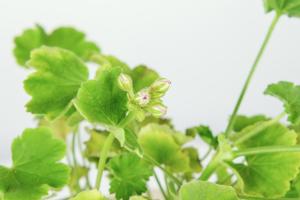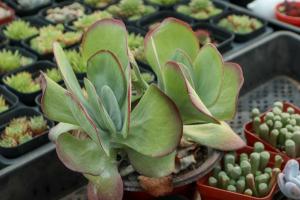Introduction
The banana tree is a plant that belongs to the Musaceae family. It is an iconic tropical plant that is not just recognized for its fruit but also for its many environmental and cultural values. The banana tree is widely cultivated across the globe, and it is an essential crop for millions of people worldwide. In this article, we will explore what kind of plant the banana tree is and its distinct features that make it an extraordinary plant.
Appearance
The banana tree has a visually stunning appearance, with long and slender leaves that are bright green in color. These leaves grow in a spiral pattern around a central trunk, which is actually the stalk of the banana cluster. The banana tree can grow to be very tall, reaching up to 30 feet in height. The fruit produced by banana trees are long and curved in shape and grow in clusters, known as hands. Each hand can contain up to 20 individual bananas. The banana tree's remarkable appearance makes it a beautiful addition to any tropical landscape.
Varieties of Banana Trees
There are over 1,000 varieties of banana trees, spread across the globe in tropical regions. The most common type of banana that is found in supermarkets is the Cavendish banana. The Cavendish banana is a hardy variety that can withstand a variety of growing conditions. Other varieties of cultivated bananas include the Gros Michel, which was the most popular banana before the 1950s when it was almost wiped out by Panama Disease. Other varieties include the Lady Finger, which is a smaller and sweeter banana, and the Red Banana, which has a reddish-purple skin and a sweeter taste than the yellow banana.
Cultivation and Uses
Banana trees require a tropical climate and can be found growing in over 130 countries worldwide. Bananas are a significant source of food for people in tropical regions, and the plant is also used in the production of textiles, paper, and medicines. Beyond its practical applications, banana trees are also valued in many cultures for their spiritual and cultural significance. For example, in Hindu culture, the banana tree is considered sacred because every part of the plant is useful in daily worship and rituals.
Conclusion
The banana tree is a remarkable plant that is valued all over the world. It is not just a source of food, but also a significant symbol of several cultures. Its majestic appearance and diverse uses make it one of the most popular and important tropical plants globally. The banana tree's unique features and varieties make it worthy of admiration, and it will continue to provide various benefits to people around the world for generations to come.

 how many times do yo...
how many times do yo... how many planted tre...
how many planted tre... how many pine trees ...
how many pine trees ... how many pecan trees...
how many pecan trees... how many plants comp...
how many plants comp... how many plants can ...
how many plants can ... how many plants and ...
how many plants and ... how many pepper plan...
how many pepper plan...





























